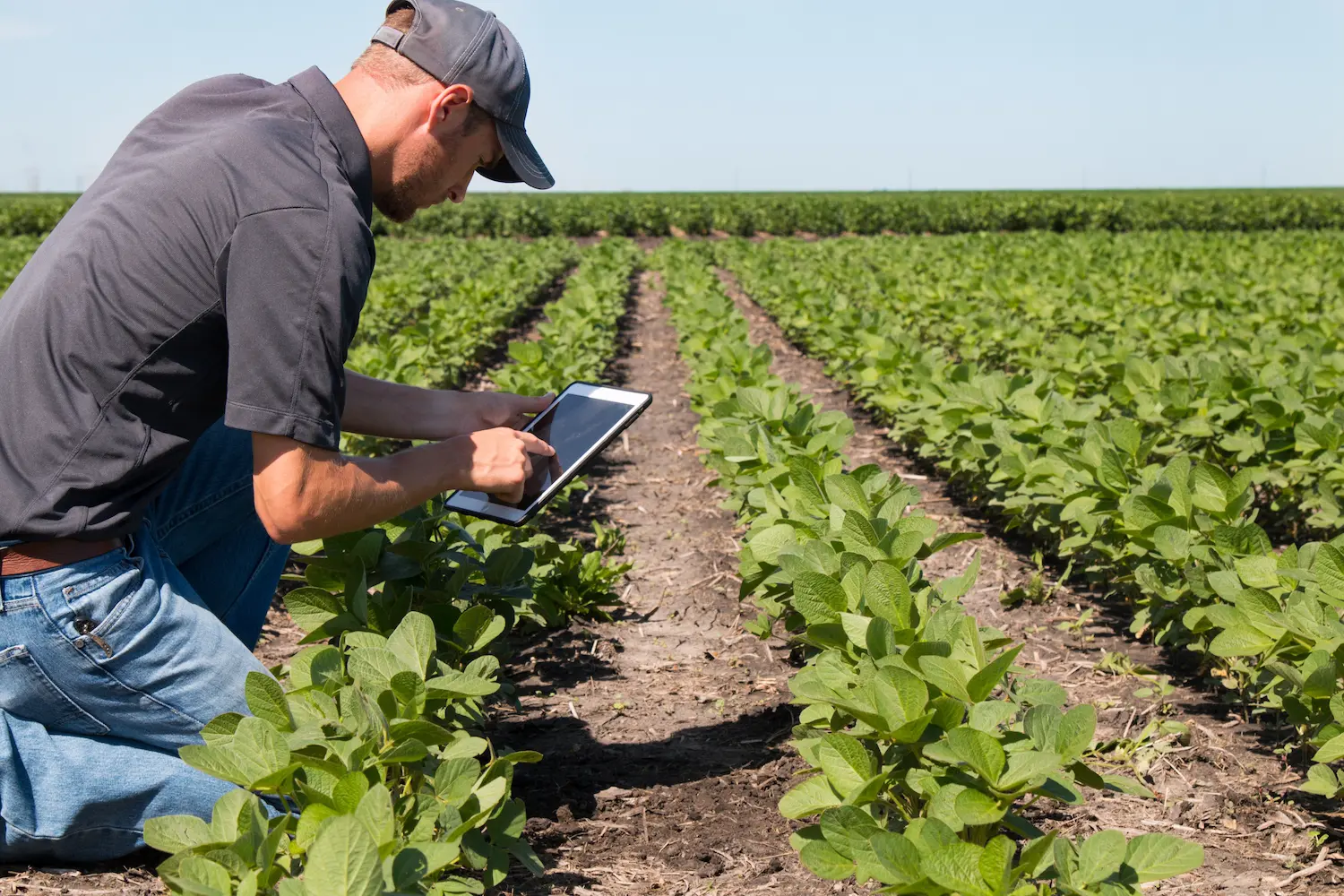In a recent article in CropLife (May 11), Eric Sfiligoj discussed the development of “renewable diesel” and how its production into the foreseeable future may result in the vast majority of soybeans produced in the United States going to support this new fuel. (Sfiligoj wasn’t alone. AgWeb’s Chip Flory recently noted that some estimates place soybean acres up 3.8 million this year over 2021. One of the reasons? “The buildup of the renewable diesel story and the eventual need for more soybean acres.”) The advantages of renewable diesel over the current biodiesel center on the ease of handling with no special requirements for piping allowing it to be handled using regular diesel pipelines.
This potential increase in demand for soybeans would lead to some production issues brought about by the possibility of raising continuous soybeans. We are all familiar with the issues around raising continuous corn such as insect and disease pressures. Would the same be true for soybeans? Previous experience with continuous soybean production would say yes, there will be similar problems.
One question that is unique to soybeans compared to corn however is the possible effect that continuous soybean production can have on the relationship with symbiotic Nitrogen-fixing rhizobia. Current thinking says that if you’ve planted soybeans in a field within the past 3 to 5 years, there would be no benefit from inoculating your seed with fresh rhizobia. However, data from numerous third party sources have shown the benefits of inoculation with fresh rhizobia in a corn-soybean rotation. Every inoculant supplier in the industry can provide data for their product that shows this benefit. While it may be a relatively small benefit averaging about 2 bushels per acre, it is consistent and the economic benefit is undeniable. When the cost of the product is around $4 per acre, a yield increase of as little as half a bushel or less will pay for the product and put some money in the producer’s pocket. Should the yield benefit be at or near the average of 2 bushels, the ROI is much greater, approaching 6 or 7 to 1 at $14/bu beans.
Should continuous soybean production become more common, the question becomes: “Will inoculating my soybeans every year, really be beneficial?” Again, there is some data available to support this practice. When you consider what happens to rhizobia in the soil once the soybean plant senesces, the picture is less than favorable. Upon being released from the decaying nodule, the number of rhizobia declines quickly as it would for any organism being released into a new and arguably hostile environment. Yes, some do survive and reproduce; after all, they are soil bacteria. The common argument is that this surviving population eventually becomes somewhat dispersed in the soil depending on the availability of resources and competition from other soil organisms. Then there is the question of surviving unfavorable temperatures over the winter months. This surviving population is quickly selected for their ability to survive under these new conditions and not for their ability to fix nitrogen for a host plant.
The other question regarding these surviving rhizobia is around their ability to fix nitrogen. Certainly they do not lose this ability, but after many generations surviving without a host plant, the ability is likely diminished. This diminished ability, along with the dispersed nature of the population, adds up to a less than favorable likelihood that these rhizobia will be able to contribute the same level of nitrogen to the plant as a fresh population supplied by inoculation.
Once soybeans are planted back into the field, this dispersed rhizobia population has to be lucky enough to find itself close enough to a soybean root for the signaling process to occur and for them to successfully infect that root. On the other hand, in the case of inoculated seed, the needed rhizobia are already there in high numbers, ready to work with the plant as it develops. No waiting, no question about the ability to effectively fix nitrogen for the plant.
When it’s all looked at together, there should be no question about the need to provide fresh rhizobia whenever soybean seed is planted. The symbiotic relationship between soybeans and rhizobia will always work, no question. The degree of that success is often determined by factors that growers can’t always control such as the proper storage and application of the rhizobia to ensure that the maximum number survives on the seed until it is planted. Once in the field, it is up to the grower to ensure that the plants have the resources needed to grow to the best of their ability. Proper fertility, soil pH, and reduced competition from weeds, insects and disease make for a successful soybean crop, and if the soybean crop is growing well, then the rhizobia will be able to contribute the maximum amount of nitrogen to the crop.
One last thing. Let’s not forget that many of the premium inoculant products on the market today deliver more than just rhizobia to the plant. The addition of biostimulants and other biological helper organisms is common these days. Together, with rhizobia that are proven nitrogen fixers, these additive materials can provide a number of benefits to the plant that can actually enhance the ability of the plant to interact more favorably with the rhizobia. It’s a one-two punch that you can’t get from the background rhizobia in the soil alone.
So, the answer to the question as we look to the future of potentially growing continuous soybeans is, yes, we do need to inoculate every one of those soybean seeds every year. But we also need to pay attention to making sure that those rhizobia have the best opportunity to survive on the seed so that they are able to do what they do best: provide the large amounts of nitrogen needed by the soybean plant.


